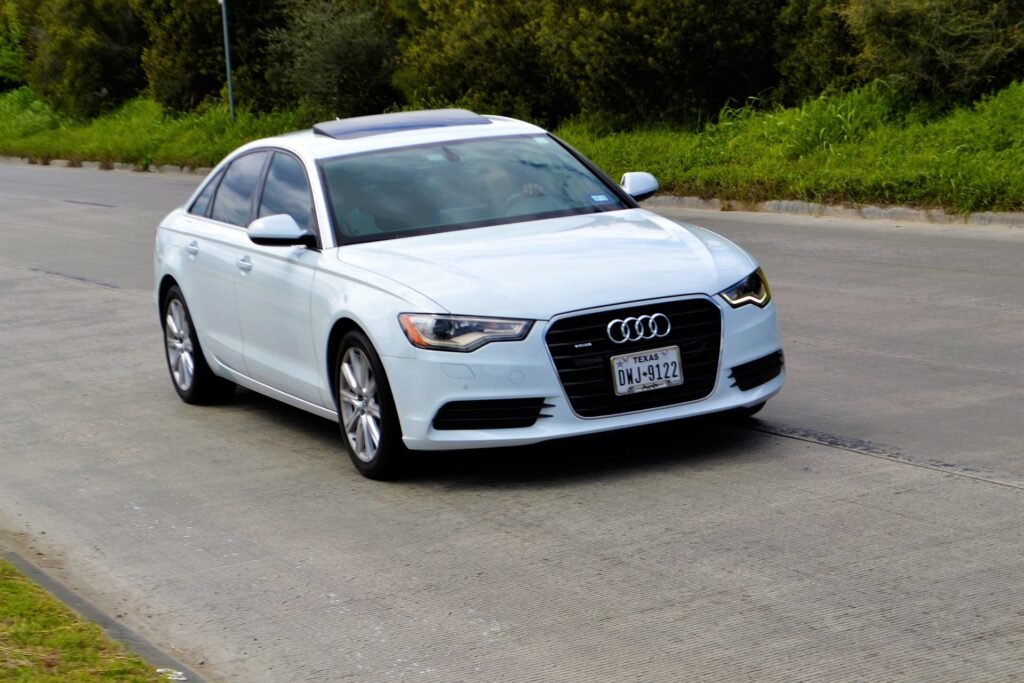ALPR is short for Automatic License Plate Recognition, and an ALPR system is a software solution designed to detect and read license plates, then convert the data into a digital format for processing by an access control system. Also referred to simply as LPR, or License Plate Recognition, technology, ALPR systems are commonly used in toll systems and parking management. Municipal authorities and private parking lot owners can read on to find out more about how these systems work and why they’re so useful.
How Do ANPR Cameras Work?
ANPR cameras monitor the relevant area, usually either a road or a vehicle entrance, constantly. They identify the presence of license plates by sending out infrared light that reflects on the metal. This enables the camera to isolate the license plate from the rest of the image.
The license plates are read using a technology called Optical Character Recognition (OCR). The camera collects multiple images, then sends the best ones to the OCR for processing. In some cases, the cameras also collect additional data such as estimated vehicle speed, direction, and country of origin. Advanced camera systems can even classify vehicles according to make, model, class, and color.

Common Applications for ALPR Systems
ALPR systems are used by government agencies for vehicle tracking, but that’s certainly not the only application for LPR technology. These advanced systems also help with enforcing speed limits, red lights, and bus lanes, and they’re often used at toll booths. Law enforcement agencies also use this technology to identify stolen vehicles, find cars that have been cited in Amber alerts or Silver alerts, and even identify drivers with criminal warrants, uninsured vehicles, or restraining orders.
In the context of tolling systems, LPR technology is used to replace toll booths, count axles, and enforce low emission zones. Finally, ALPR systems can be used by private individuals for parking enforcement. When used in this context, the LPR camera collects and analyzes license plate data and then compares it to a database of authorized vehicles.
No additional information about the vehicle’s owner or use will be offered by the system to private individuals, as that would require access to law enforcement databases and would violate drivers’ privacy. The only types of information these more limited systems collect are license plate numbers for comparing to a list of numbers voluntarily provided by vehicle owners and timestamps.
Hotlists and Whitelists
Because ALPR systems are used by different organizations for diverse purposes, there are two ways for the software to determine when to put out an alert. For law enforcement agencies, the LPR software communicates with agency databases that provide hotlists of vehicles that should be flagged when they drive through toll cameras or other areas with ALPR cameras. For private parking applications, the software maintains a whitelist of authorized vehicles and compares each license plate picture to that list to determine if the car is approved to be in that location.
The Right Technology From the Right Developer
Because of the sensitive nature of some of the most common uses for ALPR systems, finding the right software developer is crucial. The software must be not just well-designed but also protected against cyber threats.